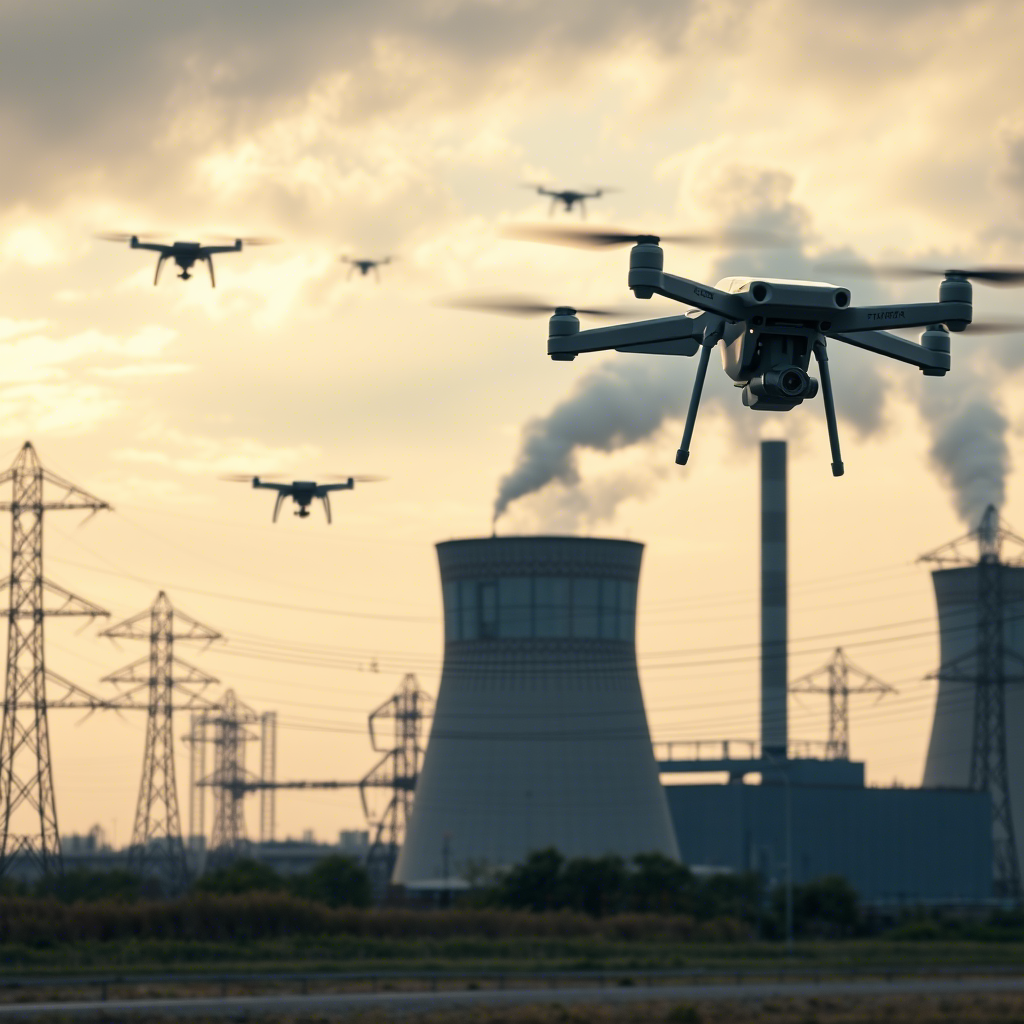Regulations on the Management of Flight Airspace for Agricultural Drones
Regulatory Framework for Agricultural Drone Flight Airspace: Compliance and Operational Guidelines
The integration of agricultural drones into national airspace requires robust regulatory frameworks to ensure safety, privacy, and operational efficiency. These rules vary globally but share common principles, such as altitude restrictions, no-fly zones, and real-time communication protocols. Below is an in-depth analysis of key airspace management regulations impacting agricultural drone operations.
National Aviation Authority Mandates: Defining Legal Boundaries
Most countries delegate drone airspace oversight to their civil aviation authorities, which establish altitude ceilings and geographical restrictions. For instance, in many regions, agricultural drones are permitted to fly up to 400 feet above ground level, a limit designed to prevent conflicts with manned aircraft. Operators must adhere to this ceiling unless granted special waivers for high-altitude crop monitoring, such as in vineyards requiring canopy health assessments from elevated vantage points.
Geographical exclusions are another critical component. Aviation authorities typically designate no-fly zones around airports, military bases, and national parks. In agricultural contexts, this means drones cannot operate within a 5-mile radius of airports without prior approval. Some nations also impose seasonal restrictions near wildlife reserves to avoid disturbing migratory patterns, requiring farmers to adjust spraying schedules accordingly. Compliance is enforced through geofencing technology embedded in drone software, which automatically disables flights in restricted areas.
Pre-Flight Authorization Processes: Streamlining Access to Agricultural Airspace
To operate legally, farmers and drone service providers must often secure permits from multiple agencies, including aviation authorities and local land management bodies. The process usually involves submitting flight plans detailing dates, times, altitudes, and coordinates of intended operations. In regions with high drone density, such as intensive farming areas, authorities may require operators to book time slots to avoid airspace congestion.
Digital platforms have simplified this process in some countries, where farmers can apply for permits online and receive instant approvals for routine tasks like pesticide spraying. However, applications involving flights over urban areas or near critical infrastructure still undergo manual review, with delays possible during peak agricultural seasons. To mitigate this, some regions offer “blanket authorizations” for low-risk operations, allowing pre-approved drones to fly autonomously within designated zones without individual permits.
Real-Time Communication and Collision Avoidance Systems
Ensuring drones remain visible to air traffic controllers and other aircraft is a top priority. Many regulations mandate the use of Automatic Dependent Surveillance-Broadcast (ADS-B) transponders or similar technologies for drones flying above 250 feet. These systems transmit the drone’s location, altitude, and velocity to nearby manned aircraft, enabling pilots to take evasive action if necessary. While costly, ADS-B adoption is rising in commercial farming sectors due to insurance requirements and liability concerns.
For drones operating below 250 feet, visual line-of-sight (VLOS) rules apply in most jurisdictions. Operators must maintain direct visual contact with the drone at all times, limiting coverage to smaller fields unless multiple spotters are employed. To extend operational ranges, some farmers use first-person view (FPV) goggles paired with onboard cameras, though regulators increasingly require these systems to include obstacle-detection sensors to prevent collisions with power lines or trees.
Nighttime and Adverse Weather Flight Restrictions
Agricultural drones are generally prohibited from flying at night unless equipped with anti-collision lighting visible from at least 3 miles away. Even with lighting, night operations often require additional permits and are restricted to specific crops, such as orchards needing pest control after dark when bees are inactive. Farmers must also demonstrate that their drones have fail-safe mechanisms, such as automatic return-to-home functions, to handle sudden battery depletion or signal loss.
Weather-related rules focus on wind speeds and precipitation. Most authorities cap allowable wind speeds at 20–25 mph, beyond which drone stability becomes unpredictable. Similarly, rain or fog can obscure visual line-of-sight requirements, forcing cancellations. To address this, some manufacturers are developing weather-resistant drones with enhanced GPS accuracy, though regulators have yet to standardize testing protocols for these innovations.
Privacy and Data Protection Considerations
As drones capture high-resolution imagery of farmland and adjacent properties, privacy concerns have led to stricter data-handling regulations. In the European Union, farmers must obtain consent from neighboring landowners before flying drones within 50 meters of their property, unless the flight is for essential agricultural purposes like disease monitoring. Additionally, images containing identifiable human activity, such as workers in fields, must be anonymized or deleted within 24 hours under GDPR guidelines.
Data security is another focus area. Regulations increasingly require drones to encrypt flight logs and telemetry data to prevent unauthorized access. This is particularly critical in regions where agricultural data, such as crop yields or soil health metrics, is considered commercially sensitive. Farmers using cloud-based drone management platforms must ensure their providers comply with national cybersecurity standards to avoid fines or legal disputes.
Enforcement Mechanisms and Penalties for Non-Compliance
Aviation authorities employ a mix of technological and legal tools to enforce airspace rules. Geofencing violations trigger automatic alerts to regulators, who can cross-reference drone identification numbers with operator databases to issue fines. Penalties range from warnings for minor infractions to suspension of flight privileges for repeated offenses, such as flying in no-fly zones or exceeding altitude limits.
In severe cases, authorities may confiscate drones or revoke operator certifications. To deter rogue operators, some countries have introduced “neighbor reporting” systems, allowing residents to file complaints about unauthorized drone flights. These reports are investigated by civil aviation inspectors, who may conduct on-site audits of farming operations to verify compliance with airspace regulations.
Future Trends: Harmonizing Regulations Across Borders
As agricultural drones become more advanced, regulators are working to standardize rules internationally. Initiatives like the International Civil Aviation Organization’s (ICAO) drone advisory group aim to create unified guidelines for cross-border drone operations, such as transporting agricultural samples between countries. Harmonization would reduce compliance costs for multinational farming corporations and simplify export processes for drone manufacturers.
Another emerging trend is the use of artificial intelligence to automate regulatory compliance. Future drones may integrate AI systems that analyze weather forecasts, airspace maps, and local regulations in real time, adjusting flight paths dynamically to avoid restricted zones. While still in development, such technology could revolutionize how farmers interact with airspace rules, making compliance more intuitive and less time-consuming.
By balancing safety, privacy, and operational flexibility, airspace regulations for agricultural drones are evolving to support the industry’s growth. As adoption rates climb, ongoing collaboration between regulators, farmers, and technology developers will be essential to address emerging challenges, from urban airspace congestion to the integration of autonomous drone swarms. Staying informed about regional updates and investing in compliant technologies will remain critical for farmers seeking to leverage drones without legal repercussions.

